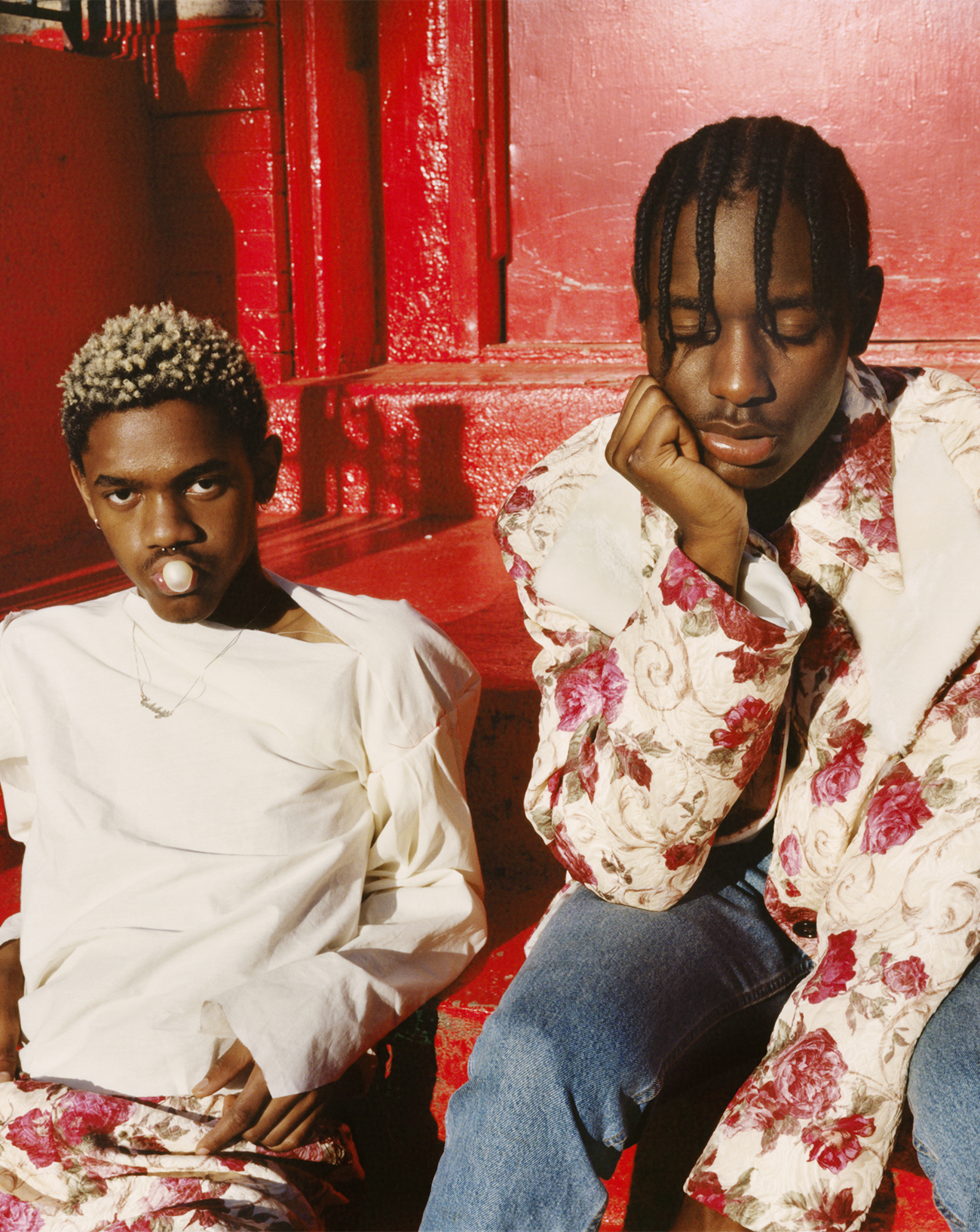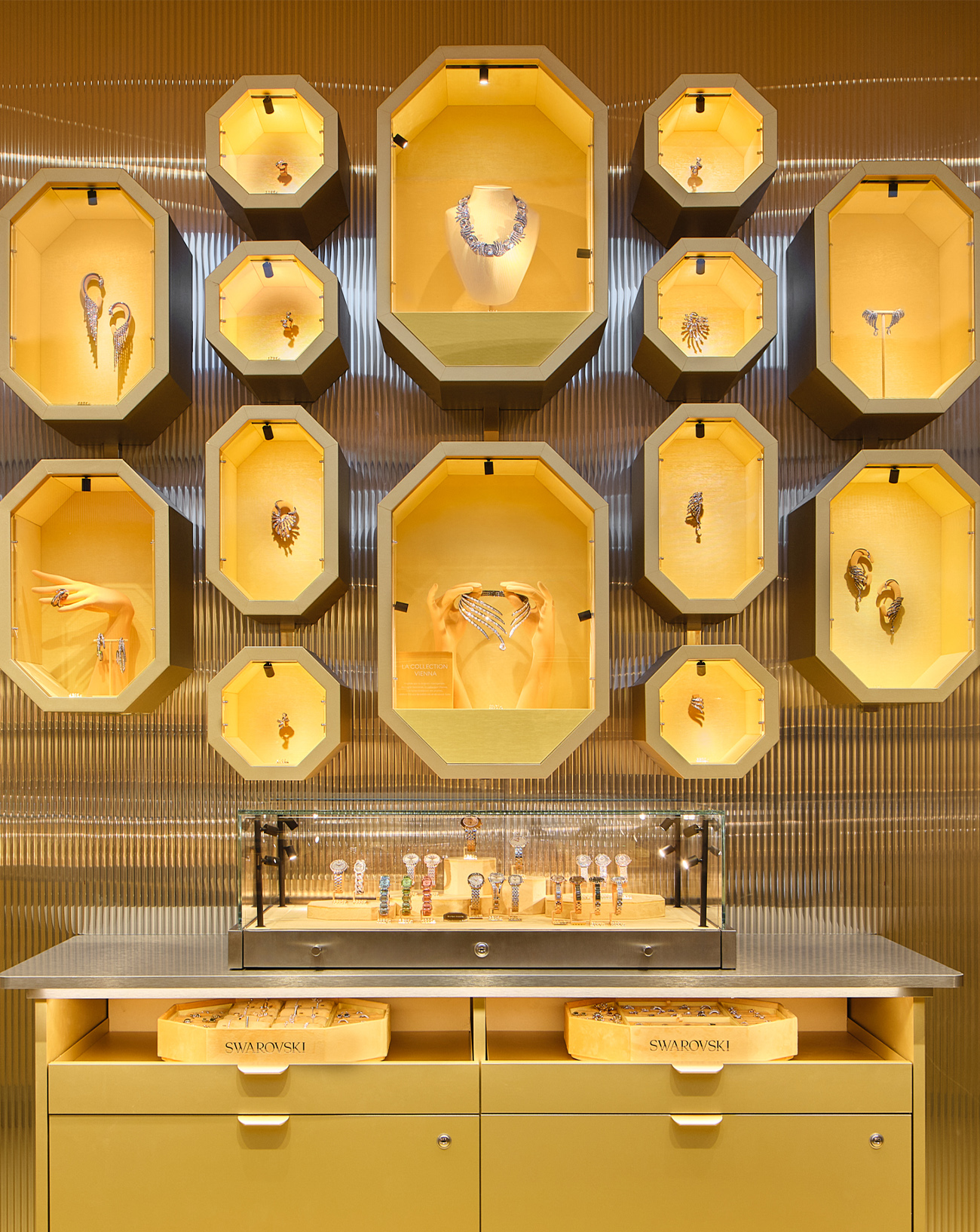
5

5
Exhibition: How Kenzo Takada has changed fashion
Kenzo Takada, who passed away in 2020, has left behind a thirty-year-long legacy of avant-garde, iconoclastic fashion, celebrating both the joy of living and the beauty of cultural diversity from 1970 to 1999. Until September 16th, 2024, the Tokyo Opera City Art Gallery in Tokyo is paying homage to his work with a rich exhibition dedicated to the Japanese designer and founder of the Parisian label that would later take his name. It is a great opportunity to rediscover his audacity and the indelible mark he left on history.
By Matthieu Jacquet.
Published on 5 September 2024. Updated on 12 September 2024.

The fashion designer of diversity
Russian or Romanian folk dresses, Chinese silk blouses, African boubous… From the very first spaces of the Tokyo Opera Art City Gallery, the exhibition makes a clear statement – only a handful of fashion designers have been able to orchestrate a meeting between the Eastern and Western worlds like Kenzo Takada did. This is hardly surprising given the fact that the Himeji native expressed his desire for new horizons at a very early age. His eyes were already set on Paris when he was studying fashion design in Tokyo in the late 1950s. Luckily, Kenzo received a grant and got the opportunity to board a liner to the French capital and leave his native Japan for the very first time in 1964. During his long journey, he discovered Cambodia, Singapore, Hong Kong and India, which fuelled his already fertile imagination.
Once he had settled permanently in Paris, he opened his very first boutique in 1970, Jungle Jap (‘The Japanese of the Jungle’), where Japanese fashion, his life-long influence, and Parisian fashion, which he had been discovering for several years, explicitly crossed paths. The pieces of his first collection featured yukata fabrics, obi belts and Japanese-dyed textiles, all collected by the artist in Paris and Japan, while the colorful, graphic motifs gradually became his trademark. Quickly enough, the Japanese artist showed his desire to distinguish himself from French designers by celebrating this syncretism – it was an instant success.
Over the years and decades, Kenzo Takada’s inspirations have kept being tokens of his curiosity and eclecticism, extending beyond the limits of time, space and genres – Spanish military uniforms, monastic robes, or doll dresses for instance… While Japan remains his anchor – the designer nourishes a passion for Noh theater, kabuki, prints and geishas – his numerous travels and discoveries have regularly given birth to astonishing, hybrid silhouettes featuring a blend of different styles, like a patchwork.
The joyful, flamboyant ensembles he designed for the Fall/Winter 1984-1985 collection are a case in point, combining tartan wool, ponchos and Japanese floral prints as a reflection of his fascination with British culture. Kenzo Takada reveled in that diversity and mixing and matching of daring, sometimes zany aesthetics that can also be found in the work of his counterparts Vivienne Westwood and Jean Paul Gaultier, or later John Galliano.

A new look on ready-to-wear
When Kenzo Takada opened his boutique in Paris, the French society was in overdrive and still marked by the sexual liberation and the uprising of May 68. Fashion quickly mirrored that change as women kept seeking to liberate their bodies, freely wearing mini-skirts and trousers, and opting for more comfortable pieces. Highly aware of these new needs, but also a keen observer of the movements of passers-by, the Japanese designer sought to ensure that his clothes gave the wearer a sense of ease, while conveying a sense of freshness and modernity at the same time.
So, he favored cotton fabrics rather than synthetic ones, which were very much on trend in Paris at the time, to the point of eventually being nicknamed the “poet of cotton”. In contrast to the sharp, often restrictive tailoring of the time, he opted for adjustable dresses and skirts with wider cuts. In 1971, he introduced the idea of “anti-couture” to counteract European fashion with pieces that were cut flat and joined only by a few straight seams, drawing his inspiration from the kimono. The bright colors and shimmering patterns that were to become his signature also clashed with the Western tradition by going against the usually dark, neutral tones of winter fashion.
Simultaneously on the cusp of the 1970s, the democratization of ready-to-wear started. Standing at the forefront of this phenomenon, Kenzo Takada decided to shake the seasonal calendar up by presenting his collections during the dedicated season rather than six months before – the Spring/Summer collections were unveiled in the spring and Fall/Winter in the fall, as a way to trigger an impulsive desire to buy them immediately. His work with knitwear also helped him quickly build his reputation. At the Tokyo Opera City Art Gallery, a series of jumpers, mini shorts, cardigans and dungarees emphasize his quest for a practical fashion available to all and all body types. At a time when the boundaries between genres gradually became blurry in fashion, several of his campaigns play on the androgyny of the models.

Breathtaking runway shows
“When I opened my boutique in 1970, I wasn’t thinking about business. It was about the shows, the parties…”, Kenzo Takada told the French international radio network RFI in 2018. As a big fan of masked balls, but also a regular at the trendy Parisian nightclubs of the time, such as the infamous Palace, the hedonistic designer sought to translate the joyous, yet chaotic energy and freedom of the nightlife through his collections, once again breaking away from the traditional codes. When he unveiled his Fall/Winter 1976-1977 collection inside the rotunda of the Bourse de Commerce, the male and female models sprang up from all sides of the circular catwalk, happily walking arm in arm with a large smile on their face – a far cry from the solemn, often rigid atmosphere of the haute couture shows.
As an avid theater and ballet aficionado, the Japanese designer never shied away from big, theatrical productions. The following year, he unveiled a collection at the legendary New York club Studio 54, and then in a circus tent in Zurich, where he made his entrance riding on the back of an elephant. His extravagance and theatricality turned the show into a real event, as other great designers, such as Thierry Mugler and Alexander McQueen, did after him.
In the last room of the Kenzo Takada exhibition in Tokyo, one can watch the designer’s last show before his departure in 1999. Held in front of 4,000 people at the Zénith in Paris, this breathtaking runway show featured musicians, dancers, and even animals, and took the audience on a journey around the globe, in regions that Kenzo Takada used to love visiting. Dozens of iconic pieces embodied the different parts of the world, always bearing witness of the joyfulness that characterizes him. “To create is to give pleasure, happiness and the freedom to be oneself”, he once declared.

Painting, design, costumes… a boundless creativity
Although the commercial aspect of his fashion house led him to leave ship on the cusp of the 20th century, Kenzo Takada did not abandon design for all that. Still very attached to clothing, he still created designs for the theater and other major events. In 2004, he designed the costumes for the famous opera The Magic Flute presented at the Opéra Garnier in Paris, as well as uniforms for the Japanese athletes at the Olympic Games in Athens.
But the Japanese designer also remains one of the rare creators of his generation to explore creative fields outside fashion and to acknowledge a cross-disciplinary vision of art. In 2010, he unveiled his paintings for the very first time in a Parisian gallery – a selection of self-portraits dressed in kimonos sparkling with motifs, in which one can recognise his emblematic stroke. Ten years later, and only a few months before his death, he launched his first design brand at the age of 80, K-3, which offered a vast selection of objects from ottomans to vases and scarves.
In 2021, the Arcrea Himeji Culture and Convention Center located in Kenzo’s hometown unveiled the two huge stage curtains that he had custom-designed before his death. These fully embroidered and richly detailed curtains depict the sunrise and sunset, and integrate the famous Himeji castle into a celestial, solar landscape, as a metaphor for the end of a life filled with joy, creativity and risk-taking. “If I hadn’t been bold enough, I would have stayed in Himeji,” the designer told Welcome to the Jungle in 2020. “But my adventurous temperament aside, I was lucky enough to be in the right place at the right time, and to meet the right people.” Everything comes full circle.
“Takada Kenzo: Chasing Dreams”, exhibition opened until September 16th, 2024, at the Tokyo Opera City Art Gallery, Tokyo.
The exhibition will then travel to Himeji, where it will be presented at the Himeji City Museum of Art from April 12th to July 21st, 2025.
An exhibition catalogue has been published for the occasion.
Translation by Emma Naroumbo Armaing.














